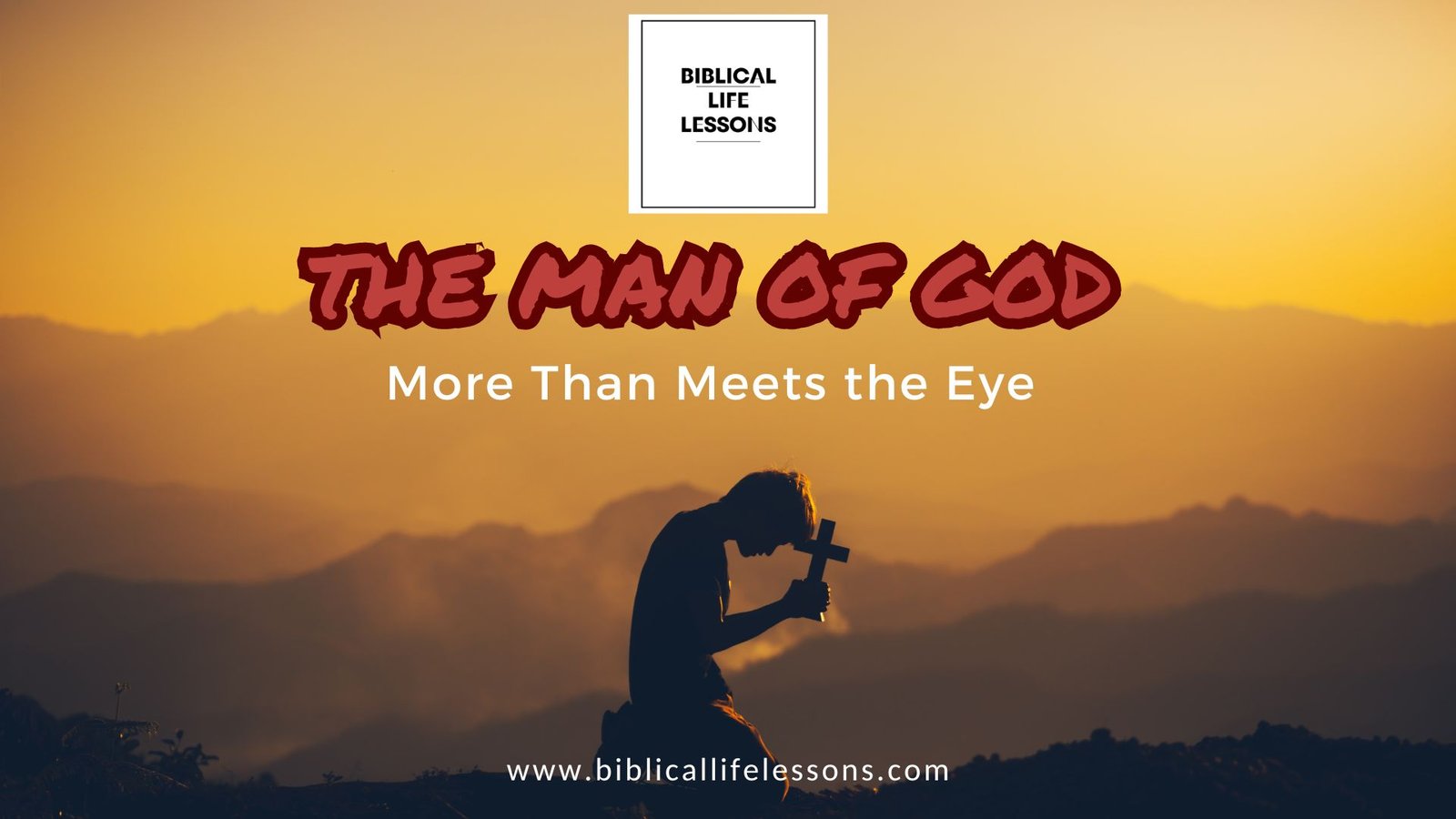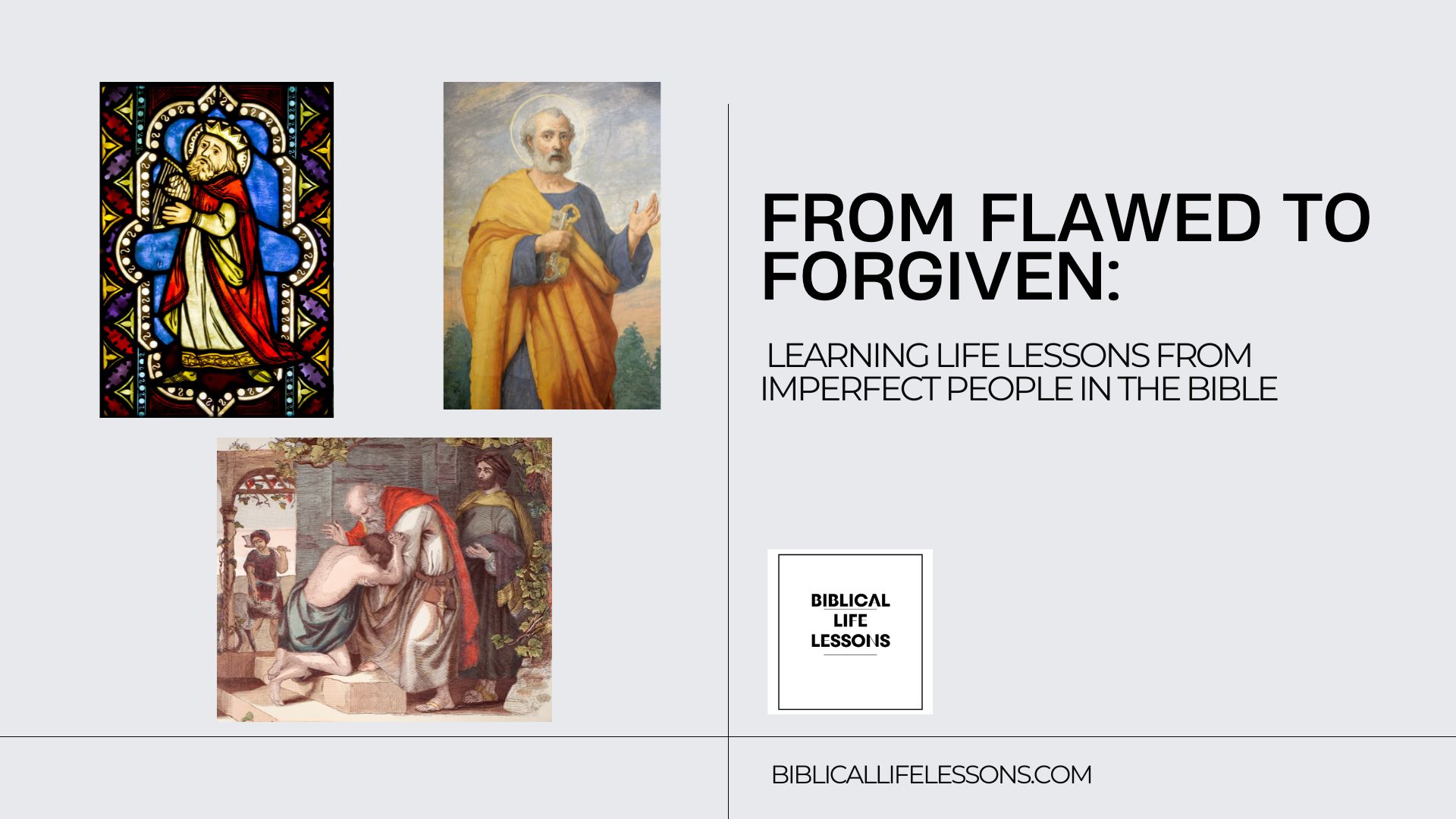The book of Leviticus often seen as an complex part of the Old Testament holds meaning, in understanding Gods plan for salvation. A key aspect of this is atonement, which involves reconciling or making up for wrongdoing and is central, to the teachings found in Leviticus. In this book atonement is mainly achieved through a system of sacrifices.
Sacrifices for Sin and Impurity
Leviticus outlines a detailed system of animal sacrifices offered to God for various purposes. These sacrifices weren’t seen as appeasement, but rather as a way to:
- Acknowledge Sin: The act of offering a sacrifice served as a tangible recognition of wrongdoing and the need for forgiveness.
- Effect Cleansing: The blood of the sacrificed animal was seen as a powerful symbol, representing the transfer of sin from the offerer to the animal. This act symbolically cleansed the person from their impurities.
- Restore Relationship: By offering a sacrifice, the person sought to restore their broken relationship with God.
Different Types of Sacrifices
Leviticus prescribes different types of sacrifices depending on the nature of the sin or situation:
- Burnt Offerings: These sacrifices were completely consumed by fire, symbolizing complete dedication to God.
- Sin Offerings: These offerings atoned for unintentional sins, seeking forgiveness and restoration.
- Guilt Offerings: These sacrifices addressed specific offenses or violations, often accompanied by restitution.
- Grain Offerings: These offerings expressed thanksgiving and gratitude to God.
The High Priest and the Day of Atonement
The Day of Atonement, or Yom Kippur, represented the final stage of the sacrifice system. On this particular day, the High Priest carried out extensive rites to purify the entire nation of Israel of their sins. This ceremony stressed the gravity of sin and the importance of continuing atonement.
Limitations of the Sacrificial System
While the Levitical system provided a framework for atonement, it had limitations. The animals themselves weren’t inherently perfect, and the sacrifices needed to be repeated constantly. The book of Hebrews in the New Testament explains that these sacrifices foreshadowed a future, more perfect sacrifice – Jesus Christ.
Atonement: A Stepping Stone to Christ
The sacrificial practices outlined in Leviticus were a precursor foreshadowing the sacrifice made by Jesus Christ. His crucifixion is regarded as the conclusive act of atonement, for the sins of all mankind.
The idea of atonement, in Leviticus shows Gods wish for harmony with humans. Even though Jesus completed the rituals the core message stays the same; God offers forgiveness and wholeness through belief and a connection, with Him.











